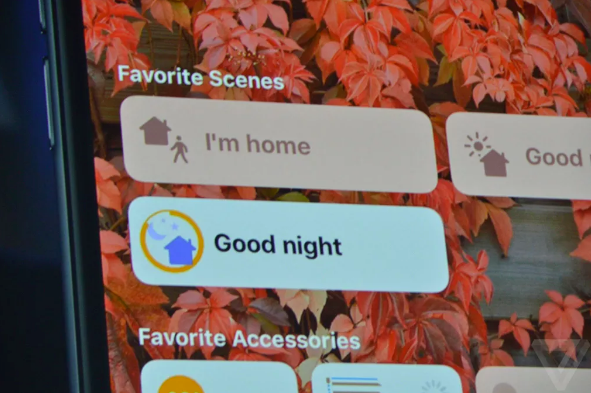A recent study by Venture Beat showed that less than 1% of mobile game players contribute 48% of total revenue to game publishers. Inability to effectively capitalize upon this hyper-concentrated group of revenue drivers leaves many mobile game developers in the red. The rise of the Freemium model has essentially killed the paid gaming app, leaving many developers scratching their heads on how to turn a profit out of their passion. Here are some of the best methods for mobile game monetization:
1. SEGMENTATION Without a price to download, app publishers can no longer rely on a single method of monetization. Thus segmentation, the division of profit streams, is key to any mobile game monetization plan. App monetization revenues stem from three major categories: in-app purchases, subscription-based premium upgrades, and ad revenue. Highly-successful games can also bring in money through sponsorships, merchandise, and even big-budget Hollywood movies, but the bulk of app developers generate revenue from inside the phone. Experienced mobile game developers use their understanding of each of these revenue streams and how they relate to their target audience to leverage multiple revenue streams within their games.
2. REWARDED AD FORMAT Ads and in-app purchases are both great assets to mobile game developers looking to monetize, but what if you could play them off each other to increase both sources of revenue? That’s the idea behind the rewarded ad format. In exchange for watching full ads during breaks in gameplay, users receive in-game rewards, power-ups, lives, etc. The incentive increases video completion rate, as well as ad revenue, and preview premium features to entice more in-app purchases. While the rewarded ad format can lead to a surge in both in-app purchases and ad revenue, it still requires strategy. Keeping the audience in mind by ensuring the user base will find the content of the ad interesting will increase completion rate. Strategic rewarded ad placement is also key to keeping users engaged. Rewarded ad overkill will alienate users and prevent them from playing the game.

3. FREEMIUM The popular Freemium monetization method entails developers offering a free download of the most basic form of the app to entice the user, then premium services and features available for purchase or through a subscription fee. The Freemium model drives revenue through in-app purchases, premium features available through subscription fees, and ads. Apps like Tinder and Candy Crush have capitalized on their massive user base by enticing users to make in-app purchases and update to premium accounts. Candy Crush also uses social media to allow users to receive premium features in exchange for sharing with their friends.

4. NATIVE ADS Native ads are advertisements designed to match the form and function of their surroundings. Twitter, Facebook, Google, and Instagram all offer native ads and tools to help developers create and customize their ads. Native ad placement increases the chance of engagement by seamlessly blending the design of the ad in with the UI of the app. While many ads stand out in the context of a mobile app, native ads look like they are a part of the app rather than an advertisement. Some say native ads are unethical and deceptive, while others praise the improved customer targeting and enhanced content. Effective native ads blend seamlessly with the surrounding UI. The number one rule of native ads is to know your audience. If the developer can incorporate relevant content rather than ads for products that do not interest the user, native ads can appear to become more of an enhancement than an interruption.

5. FEEDER APPS Feeder apps are simple games with addicting gameplay which app developers utilize to spread brand awareness. Feeder apps often feature such simple gameplay, in-app purchases and ads would feel intrusive. Instead, push notifications and links in the main menu redirect users to their company website or another one of their games in iTunes. Many mobile development companies develop a network of feeder apps as a part of their publication and monetization strategy. By utilizing a well-integrated native ad for the company or game the developer intends to monetize, developers can turn viral feeder apps into profits. This comprehensive article by Scientific Revenue offers a great example of how feeder apps can function effectively. ZeptoLab cross-promotes their featured app King of Thieves through their feeder app Cut the Rope.

CONCLUSION Succeeding in the world of mobile gaming requires the same intense flare for competition which fuels mobile gamers. Experienced game developers know the stakes and come out swinging, ready to capitalize on every strategy they can to create a revenue stream. With the right combination of smarts, app development, promotion and strategy, mobile game developers can capitalize on their user base to rake in the big bucks.












